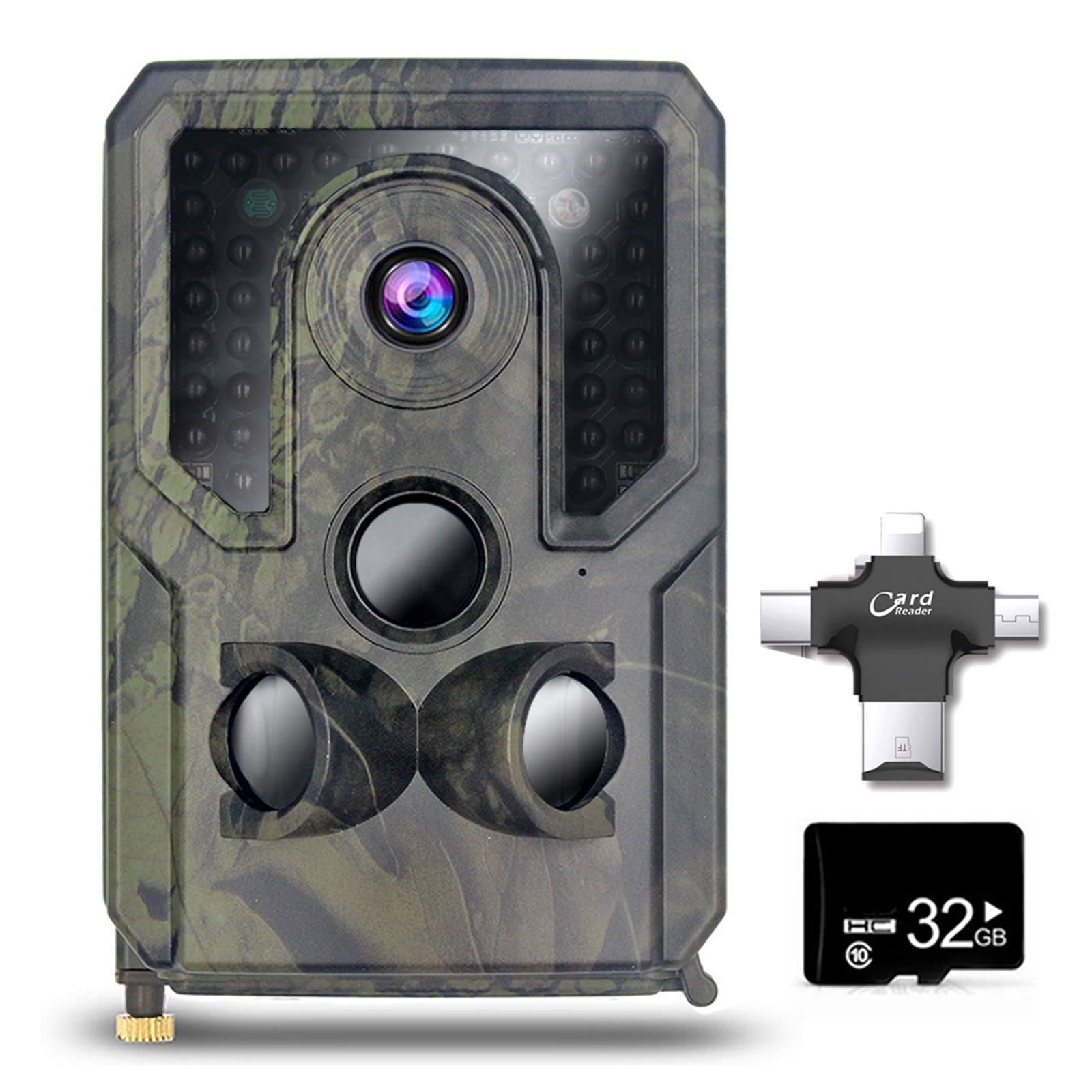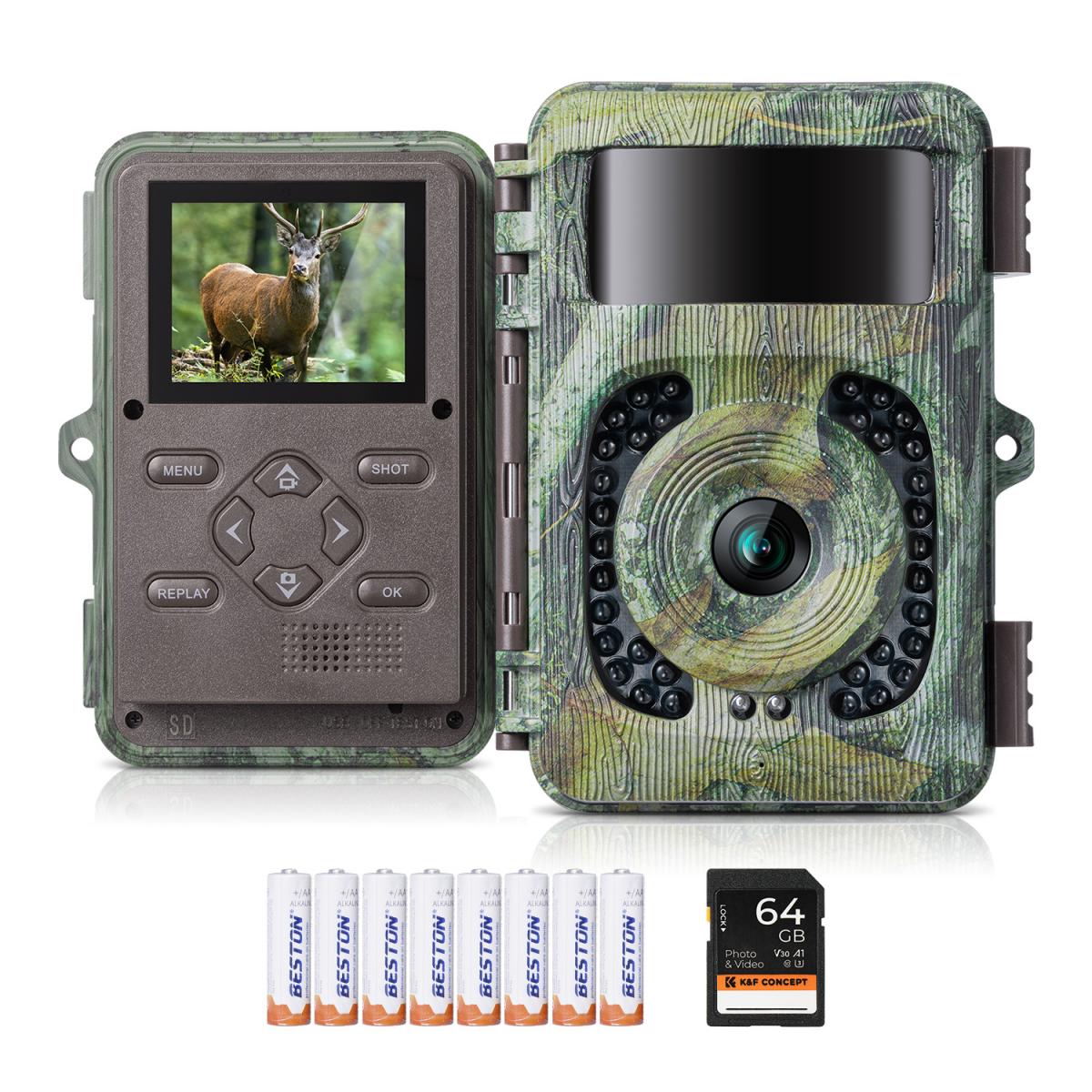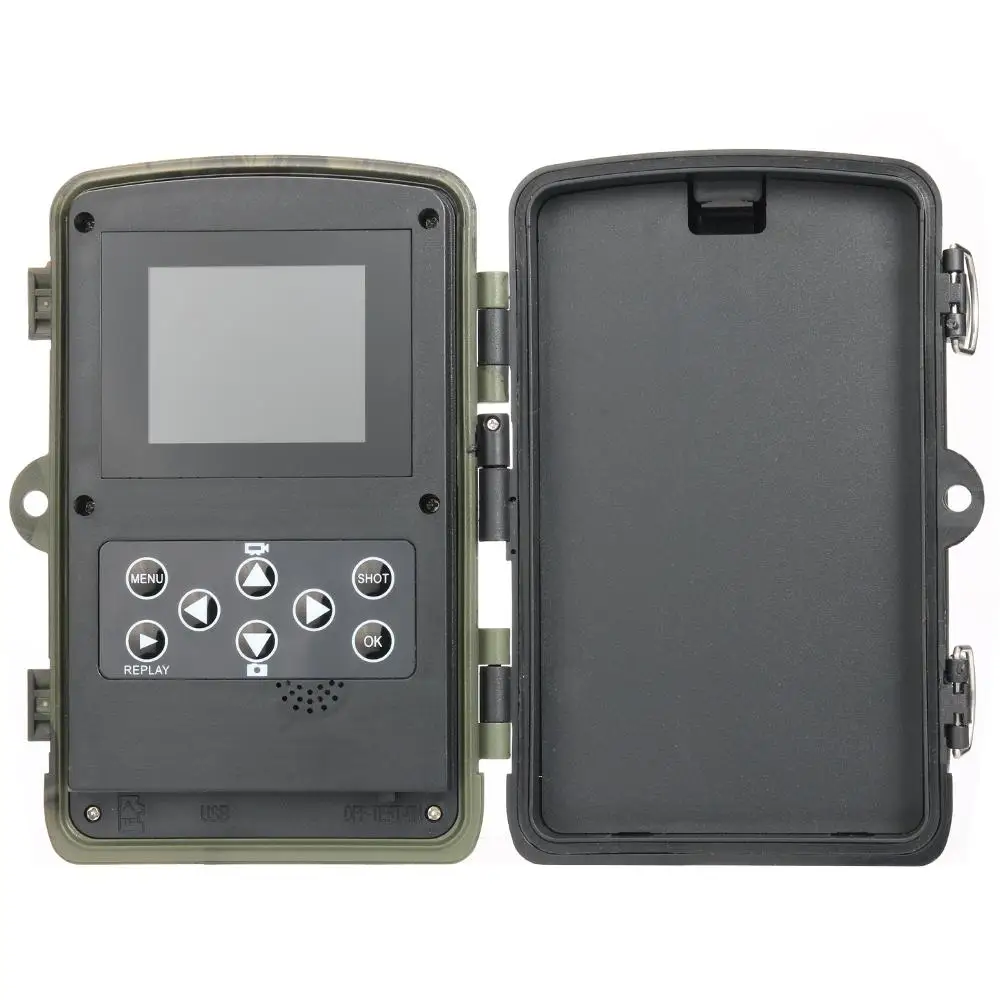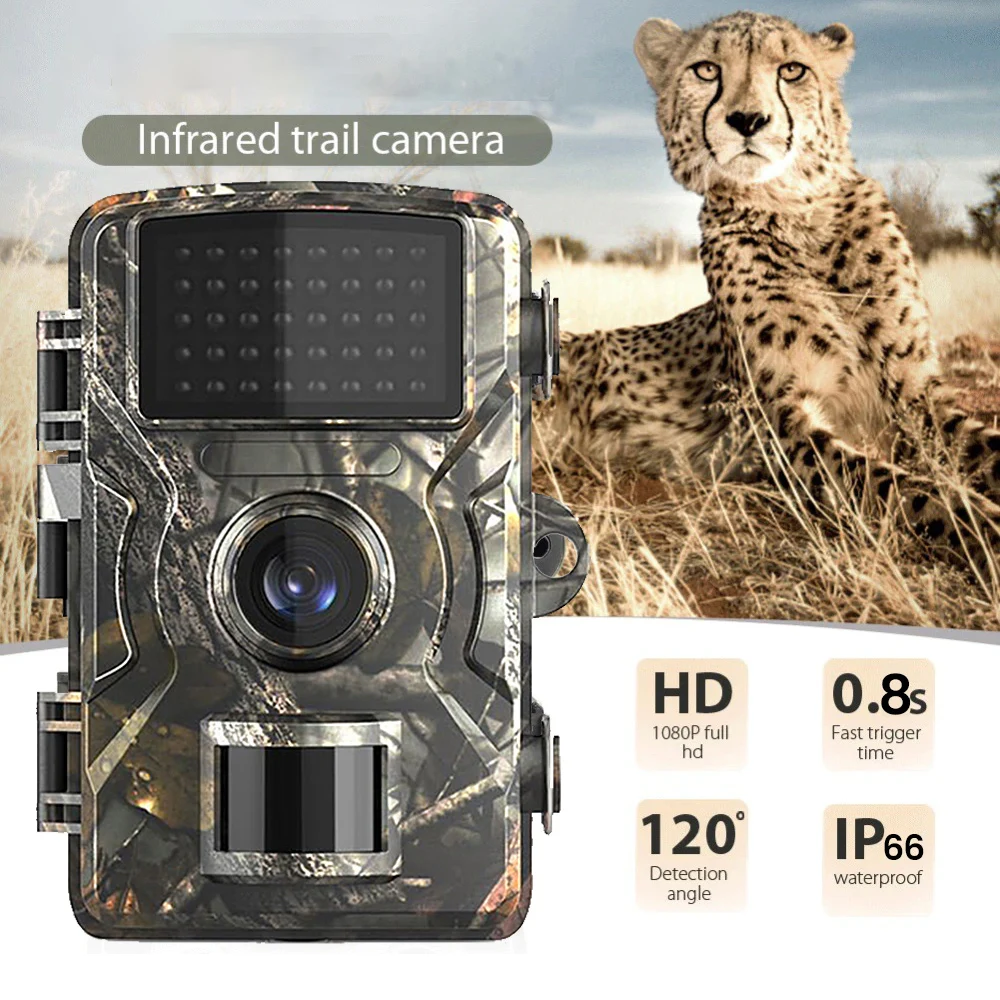Motion Activated Night Vision Camera Wildlife

The moon, a silver coin in the inky sky, cast long, dancing shadows across the whispering meadow. A gentle breeze rustled through the tall grasses, carrying the scent of damp earth and night-blooming jasmine. Unseen, unheard by human ears, a symphony of the wild unfolded: the rustle of a badger foraging, the soft hoot of an owl perched high in an ancient oak, the silent glide of a deer through the undergrowth.
Thanks to motion-activated night vision cameras, these fleeting glimpses into the secret lives of wildlife are becoming increasingly accessible and are offering invaluable insights into animal behavior, population dynamics, and the overall health of our ecosystems.
These cameras, once primarily the domain of researchers, are now being embraced by conservationists, landowners, and even everyday nature enthusiasts, empowering them to connect with the natural world in profound new ways.
A Window into the Wild: The Rise of Camera Trapping
The use of camera traps, also known as trail cameras, has revolutionized wildlife monitoring over the past two decades. The technology has evolved rapidly, becoming more affordable, reliable, and user-friendly. Early models were bulky and triggered by infrared sensors, often capturing grainy black-and-white images.
Modern cameras boast high-resolution color images and videos, enhanced night vision capabilities, and sophisticated motion detection systems that minimize false triggers.
The advent of wireless connectivity and cloud storage has further streamlined the process, allowing researchers and citizen scientists alike to remotely access and analyze data from even the most remote locations.
Unveiling the Secrets of the Night
One of the most significant benefits of motion-activated night vision cameras is their ability to document nocturnal animal activity. Many species are most active under the cover of darkness, making them difficult to study using traditional methods. Camera traps allow researchers to observe their behavior patterns, foraging habits, and social interactions without disturbing them.
For instance, a study conducted by the Smithsonian Conservation Biology Institute used camera traps to monitor the elusive fisher, a member of the weasel family, in fragmented forests. The data revealed that fishers were more likely to utilize areas with dense understory cover, highlighting the importance of habitat connectivity for their survival.
Similarly, camera traps have played a crucial role in tracking the recovery of endangered species such as the Amur leopard in Russia and the Iberian lynx in Spain. By monitoring their populations and movements, conservationists can better understand their needs and develop effective strategies to protect them.
More Than Just Pretty Pictures: Scientific Applications
The data collected from camera traps extends far beyond simply documenting the presence of different species. Researchers are using these images to estimate population sizes, assess habitat use, and study predator-prey relationships.
For example, researchers at the University of Oxford's Wildlife Conservation Research Unit (WildCRU) are using camera traps to study the impact of human activities on lion populations in Africa.
By analyzing the frequency of encounters between lions and humans, they can identify conflict hotspots and develop mitigation strategies to reduce human-wildlife conflict.
"Camera trapping provides an unobtrusive and cost-effective way to monitor wildlife populations over large areas and long time periods," explains Dr. Andrew Loveridge, a senior researcher at WildCRU. "This information is essential for effective conservation management."
Citizen Scientists: Empowering Communities to Protect Wildlife
The accessibility of motion-activated night vision cameras has also fueled the growth of citizen science initiatives. These projects engage volunteers in collecting and analyzing camera trap data, expanding the scope of research and fostering a sense of stewardship among local communities.
Platforms like Zooniverse host numerous camera trap projects, allowing anyone with an internet connection to help identify animals in photographs from around the world.
These efforts not only contribute valuable data but also raise awareness about the importance of wildlife conservation.
Landowners are also increasingly using camera traps to monitor wildlife on their properties. This allows them to gain a better understanding of the animals that share their land and make informed decisions about land management practices. For instance, a farmer might use camera trap data to determine the optimal time to plant crops to minimize damage from deer or rabbits.
Ethical Considerations: Minimizing Disturbance and Ensuring Data Privacy
While motion-activated night vision cameras offer numerous benefits for wildlife monitoring, it is essential to use them responsibly and ethically. Researchers and citizen scientists should be mindful of the potential for disturbance to animals and habitats.
Cameras should be placed in locations that minimize their visibility and avoid sensitive areas such as nesting sites or breeding grounds. The World Wide Fund for Nature (WWF) provides guidelines on ethical camera trapping practices, emphasizing the importance of minimizing disturbance and obtaining necessary permits.
Data privacy is another crucial consideration. Images and videos collected by camera traps may contain sensitive information about the location and behavior of wildlife. It is important to ensure that this data is stored securely and used responsibly, particularly when involving endangered species or vulnerable populations.
A Future Illuminated: Technology and Conservation
The future of wildlife monitoring is inextricably linked to technological advancements. As motion-activated night vision cameras become more sophisticated and affordable, they will continue to play an increasingly important role in conservation efforts.
Emerging technologies such as artificial intelligence (AI) are being used to automate the process of identifying animals in camera trap images, significantly reducing the time and effort required for data analysis.
Moreover, the integration of camera trap data with other sources of information, such as GPS tracking data and environmental data, will provide a more comprehensive understanding of wildlife ecology and conservation challenges.
These tools empower us to witness the drama, beauty, and fragility of the natural world and inspire us to protect it for generations to come.


















